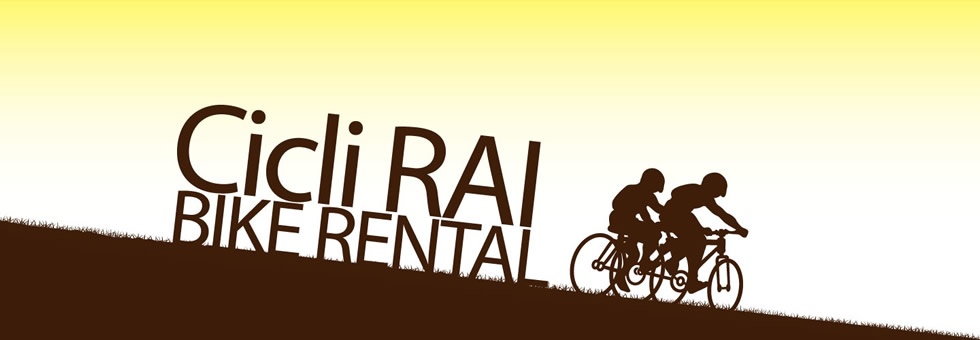
Bike paths in Lucca and around
Lucca and arounds offer a lot of paths for cycling in the city and in the nature.
River Park of Serchio
From Mount St. Quirico to Ponte S. Pietro
Track length Km. 5.3
Altitude difference: completely flat
Park on the river Serchio is a natural park on the banks of the Maas, whose paths are almost entirely good for cycling.
The river passes through most of the province of Lucca and reaches the Tyrrhenian Sea where it flows near Viareggio. The park covers an area of 250 acres where you can stroll, go hiking, biking or horseback riding, canoeing or kayaking, but also only stop along the banks enjoying the natural beauty and recreational areas.
In the park you can generally identify much flora and fauna, rare species of birds such as kingfishers, herons or germane, and in recent years, also appeared storks and waders.
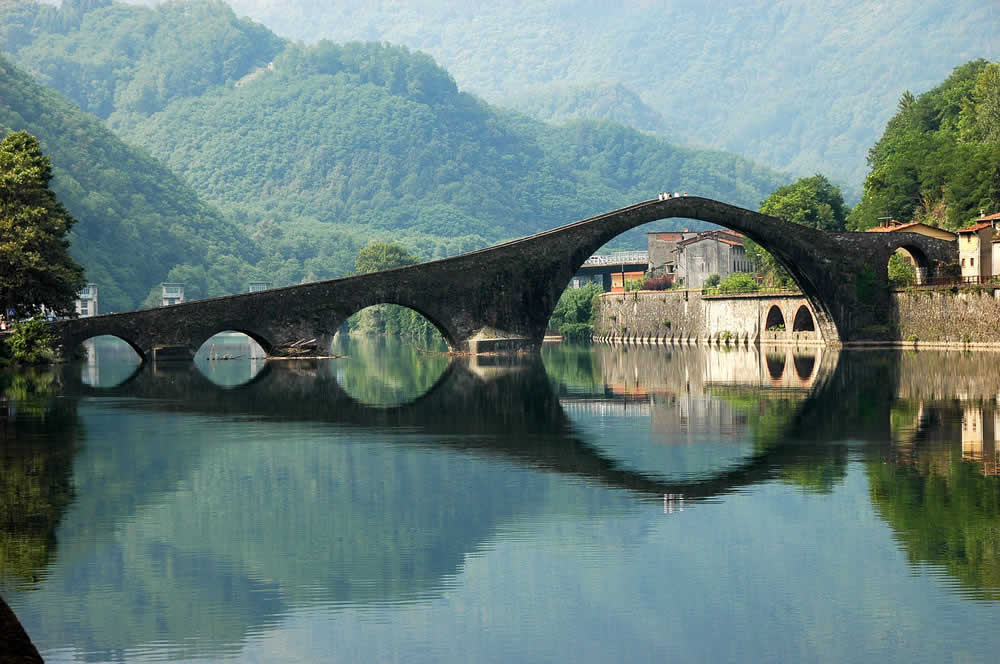
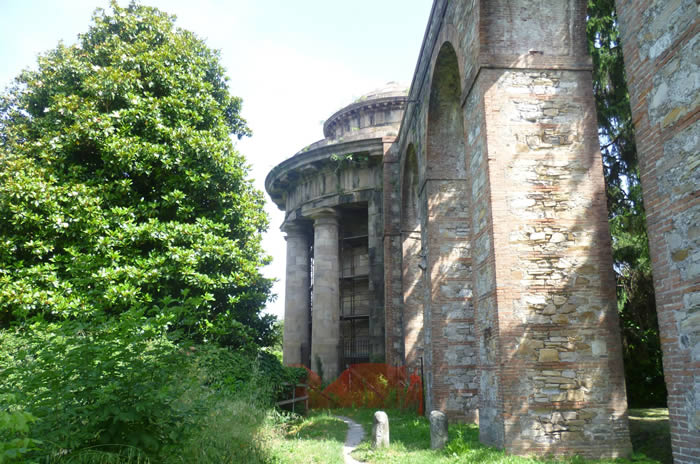
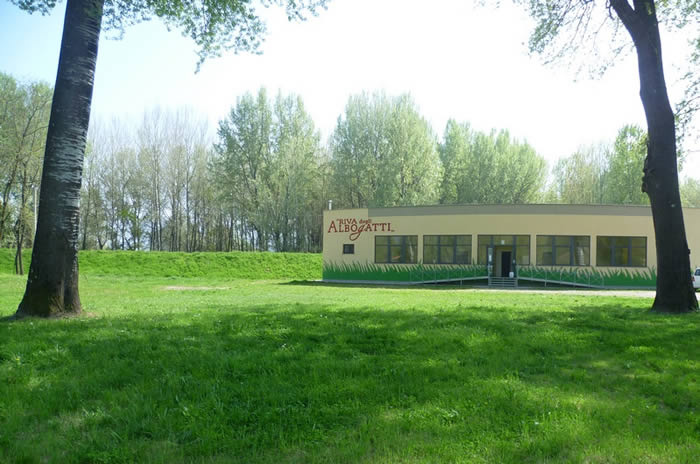
Along the way you can admire the magnificent Aqueduct Nottolini, great work of hydraulic engineering, in the area closest to the city walls, you can admire the Terrace Guglielmo Petroni, area redeveloped in 2001 and inaugurated in 2002. At Ponte San Pietro, in the spaces of the former colony solar, is the Urban Farm 'Riva degli Albogatti', consisting of a garden-orchard teaching, an exhibition hall and a multipurpose space.
Pedestrian path of the walls
Over walls of Lucca
Track length Km. 4.2
Altitude difference: completely flat
The walls of Lucca are the greatest example of modern fortification to have survived completely intact in a big city, now a recreational walk. Also for bikes today.
The current walls, about 4.2 km, is the result of the last reconstruction, which began in 1504 and ended in 1648 and converted into a pedestrian walk from Maria Luisa of Bourbon (1815-1824), in order to play the role of large public park.
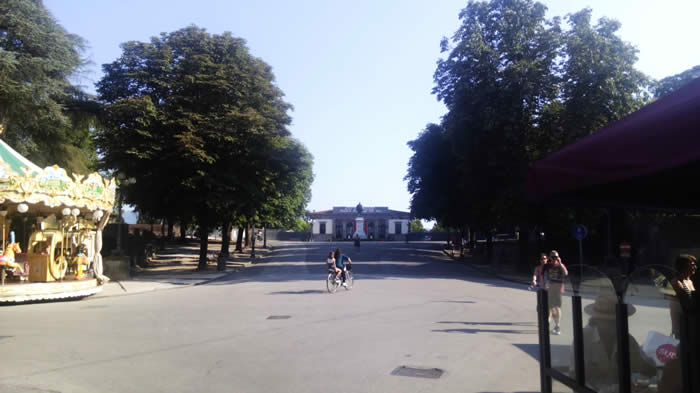
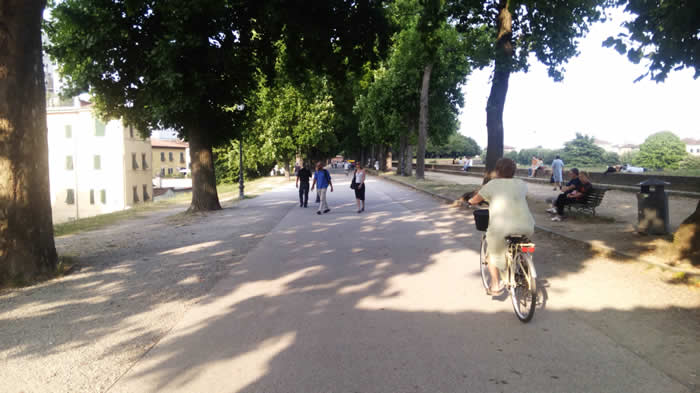
The current configuration of the walls of Lucca provides for the presence of six ports which allow access within the city: Porta Santa Maria, Porta San Jacopo (the most recent), Porta Elisa (dedicated to Elisa Baciocchi), Porta San Pietro , Porta Sant 'Anna, Porta San Donato.
Other ports, dating back to the front tracked walls are still visible within the inner Renaissance: Antica Porta San Donato, which today houses the tourist information office of Lucca, Porta San Gervasio, medieval and Porta dei Borghi.
In the current city walls there are also 11 bastions: Bulwark San Martino, Bulwark San Pietro, Bulwark San Salvatore, Bulwark Cairoli, Bulwark San Regolo, Bulwark San Colombano, Bulwark Santa Maria, Bulwark San Paolino, Bulwark San Donato, Bulwark Santa Croce, Platform San Frediano.
On the walls, there are numerous buildings: the Castle of Santa Maria, Barracks of San Martino, San Pietro Barracks, headquarters of the Crossbow Society Lucca, Village of the Child, home to a community for minors, Executioner's House, recently renovated, Casermetta San Salvatore former Casermetta Danziaria, Casermetta San Regolo, Casermetta San Colombano, Canopy San Colombano, Castello Porta San Pietro, Caffè delle Mura, neoclassical structure built in the nineteenth century. instead of Casermetta Santa Maria, Casermetta Bulwark San Paolino, San Donato Barracks, headquarters of the Mint of Lucca, New Castle Porta San Donato, Casermetta Santa Croce and Casermetta San Frediano.

